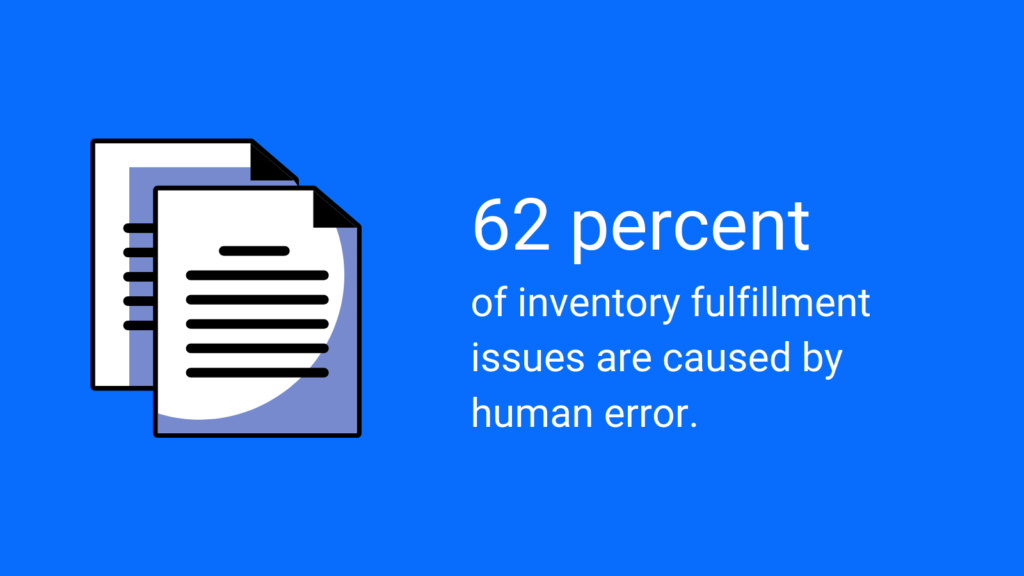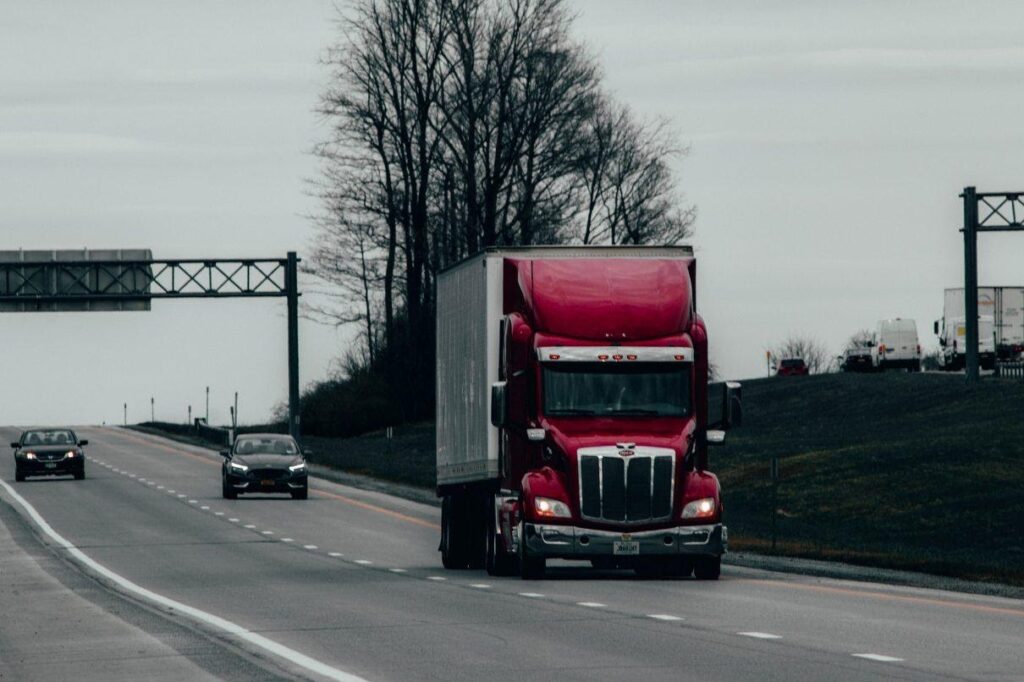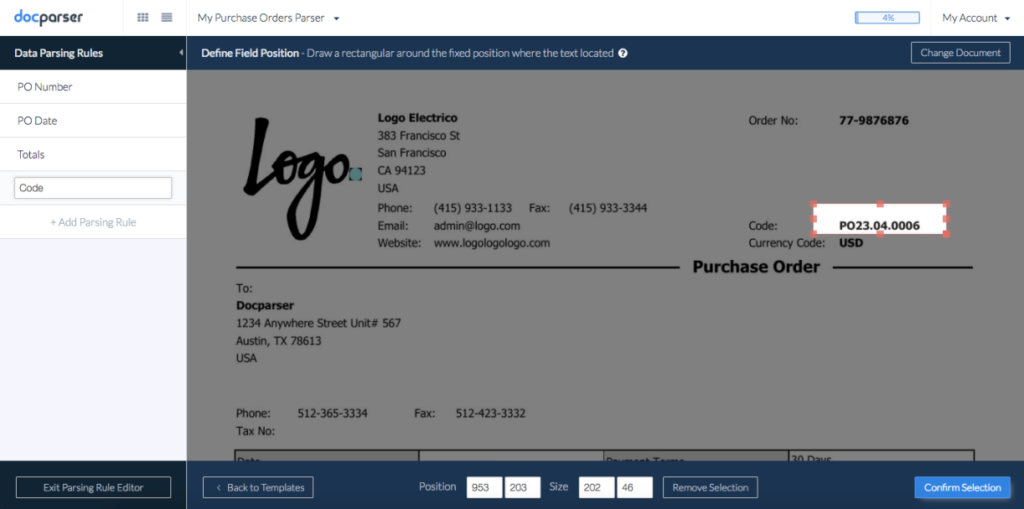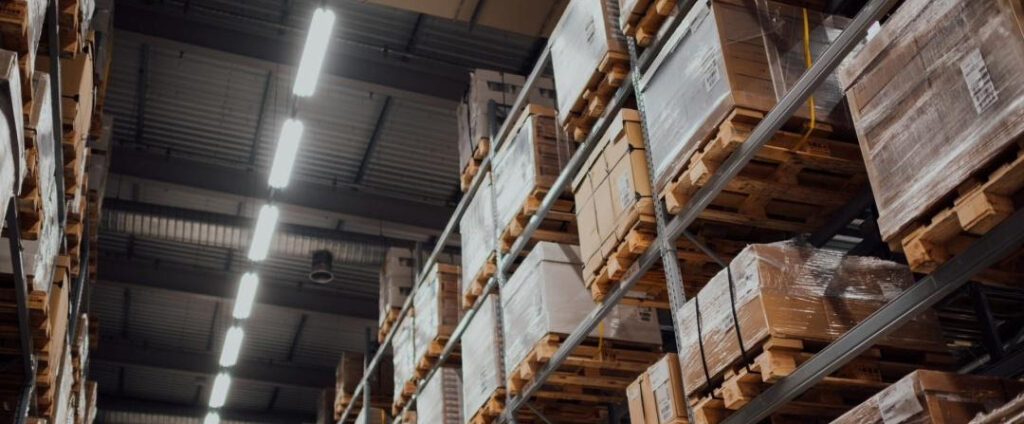The freight industry is known for its razor-thin margins.
As such, being able to deliver cost-efficient services is vital to stay in the market and outpace the competition. Luckily, there are many logistics automation technologies that companies can leverage to cut down costs while improving the quality of service.
If your business hasn’t invested in them yet, this article will show you 5 logistics automation systems your business can benefit from – including the automation of data entry with Docparser.
Try it free. No credit card required.
What Is Logistics Automation?
Logistics automation refers to the use of technology like machinery and logistics software to improve the efficiency of logistical processes from procurement to production, inventory management, distribution, customer service, and recovery.
On the machinery side, think of automatic guided vehicles, robotic arms, and automated storage & retrieval systems (AS/RS) like carousels and vertical lift modules. And on the logistics software side, many solutions help with sales, WMS, CRM, billing, accounting, tracking, business intelligence, and more.
As you can guess, logistics automation systems represent a huge growth opportunity for businesses. Here’s why.
Why Logistics Automation Is Important
In today’s world, e-commerce sales are higher than ever, and the trend shows no signs of slowing down. This ever-growing flow of goods all around the world puts a strain on both producers and distributors. To stay competitive, companies need to streamline their processes as much as possible. But they face several challenges related to fulfillment, customer service, and systemic bottlenecks to mention a few. This last challenge is particularly common, especially when it comes to manual data entry.
Consider this: in 2019, only around 55 billion invoices out of 550 billion worldwide were exchanged on a paperless basis. This means that 90% of invoice data had to be processed manually.
But there is a lot more than invoices that need to be processed daily. Documents involved in logistical processes include:
- Purchase orders
- Packing lists
- Shipping notices
- Contract agreements
- Etc.
Manual data entry is tedious and costly
Entering data manually is a laborious time sink. Workers must examine paper or digital documents, then type or copy and paste data into a spreadsheet or business system. This is a slow and repetitive task that chips away at the attention of your staff, inevitably leading to errors along the line. According to a study conducted by Stitch Labs, 62% of inventory fulfillment issues are caused by human error.

The cost of inputting data can drastically grow when you have hundreds if not thousands of documents to process per month. On top of paying staff, manual data entry can generate other costs in many ways:
- Human error can lead to misinformed business decisions and a damaged reputation
- Complex documents that require outside help take longer to process
- Slower customer service
- Decreased productivity caused by low staff morale
- Penalties for documentation errors
Try it free. No credit card required.
Logistics companies have struggled with these issues for decades. Thankfully, technology has evolved to a point where automating logistical processes is now possible.
Why Automating Logistics Processes Can Help Your Company Scale while Saving Money
Beyond reducing costs, logistics automation systems will help you improve the overall efficiency of your supply chain, thus opening the path to scale your business. Here’s how:
You shave off the cost of manual processes
Logistics automation saves businesses a massive amount of repetitive workloads such as manual picking or data entry. By automating time-consuming menial processes, your teams can focus on higher-value tasks and serve customers in less time.
You reduce errors and their high costs
Provided you invest in the right solutions for your business, you can drastically reduce human error and thus prevent the many costs that come with it. Logistics automation saves managers and teams a great deal of time and effort in addition to preventing bottlenecks, which translates into reduced costs and improved productivity.
You can provide freight rates in real-time
Shippers need quick and accurate estimations on shipping rates, LTL, FTL, insurance, transit times, and other costs. Using logistics software that provides real-time freight rates will help you plan for freight capacity and offer competitive deals while reducing the cost of pulling data and creating reports with traditional IT resources.
You deliver better customer service
Customers are always looking for the cheapest and most reliable options. Automating processes like transaction tracking, document processing and generation, or up-to-date shipment status can help you deliver faster service at a lower cost, making you more competitive.
You can grow your business
As automation handles repetitive tasks with great accuracy and provides quick access to actionable data, you will have free room to serve more customers and make informed strategic decisions. Small companies (for example, a bootstrapped SaaS) that automate their processes have the potential to compete with larger companies and claim more market shares.

With these advantages in mind, you might be wondering how you can start implementing logistics automation systems. Here are 5 systems your business can benefit from.
The Top 5 Logistics Automation Systems You Can Implement Today
Most logistics automation systems can be broken down into two categories: systems you can implement right away (off-the-shelf) and systems that require a consultant to assess your needs and design a tailored solution (custom).
Off-the-Shelf Solutions
Data Capture Software
Processing data from documents is a vital part of the supply chain. And as we have discussed above, manual data entry is a time-consuming process with a high likelihood of errors.
Enter data capture software, a cost-efficient alternative that handles data entry for you. Docparser uses a combination of Optical Character Recognition (OCR), advanced pattern recognition, and anchor keywords to accurately extract data from large volumes of documents. It’s easy to use and requires no technical skills. It’s also much less expensive than acquiring a custom solution.
Try it free. No credit card required.
Inventory Control Systems
As its name implies, an inventory control system handles the various aspects of inventory management, from purchasing to receiving, shipping, tracking, reordering, etc. It provides a 24/7 overview of stored goods or materials along with notifications for reception and shipment. This access to real-time information helps with stock control, reporting, forecasting, reducing waste, and more.
Predictive Analytics
47% of logistics professionals are currently investing in predictive analytics. This system combines complex mathematical algorithms, cloud-based servers, and even blockchain to analyze data and produce forecasting models for demand, price strategies, optimal inventory levels, and optimal shipping frequency.
While predictive analytics isn’t the easiest technology to implement, its ROI can be huge. The top logistics firms are already using it to determine underutilized vehicles, predict buyer decisions to plan deliveries accordingly, optimize delivery routes, and a lot more, thus saving millions of dollars.
Custom Solutions
Warehouse Robotics
The introduction of robotics has been a real game-changer for logistics in recent times. More and more companies are investing in automated forklifts, collaborative mobile robots, drones, and automated storage & retrieval systems. Automated machines can perform tasks at a consistent pace and with great accuracy, reducing the cost of errors and improving the safety of workers.
However, acquiring the equipment and software necessary to automate a facility can incur a significant cost – anywhere from $500,000 to $25 million. So investing in warehouse automation requires careful deliberation and planning, but you can start gradually by acquiring automation tools
Custom Logistics Software
Consultants specializing in logistics software can conceptualize and develop a comprehensive custom solution with features tailored to your company’s specific needs. Common features include order and stock management, process automation, analytics, finance, business intelligence, data security, and more. These companies also offer ongoing support.
This logistics automation system can be rather expensive and takes a longer time to implement than off-the-shelf solutions, as a tailored solution needs to be conceptualized, developed, and tested before it can be deployed.
If you’re wondering which system you can quickly implement and benefit from, automating data capture is a great place to start.
4 Benefits of Automating Logistics Data Capture
- Saving countless man-hours. Maybe you receive hundreds of invoices, order confirmations, and notices of shipping regularly. If so, the cost of inputting data manually must be significant. Using a data capture solution will reduce the time spent on processing documents from hours to minutes, and automating processes for faster output can become your competitive edge in an industry where time is of the essence. Plus, data capture software is the most affordable logistics automation system you can implement.
- Reduced human error. Manual data entry is a tedious task where mistakes are bound to happen sooner or later. And mistakes will cause delays, stress, misinformation, and financial costs. Automating data capture removes that risk.
- Easy access to logistics data. When data is quickly available, creating reports takes much less time and managers can make informed decisions promptly.
- Better customer service. Faster access to information helps you provide order updates and address customer requests much quicker. A faster and more reliable service helps you acquire new customers and retain current ones.
Try it free. No credit card required.
How Docparser Can Help You Automate Logistics Data Capture
Docparser can digest different document formats (PDF, Word, etc.) and pull data in a clear and structured manner.
Suggested reading: How MATERIALDEFABRICA Uses Docparser for Invoice Organization
The process of using Docparser goes like this:
- Upload your document. You can either upload your document directly or send an email with attached files, whether it’s invoices, contracts & agreements, purchase orders, as well as shipping & delivery reports.
- Define your parsing rules. Docparser follows parsing rules to identify and extract the data you want. You can either pick from a selection of rule templates or create your own rules. Once the rules are set, Docparser can parse data from large amounts of documents – imagine how many hours you can save by using it. You don’t need any coding skills to set these rules – Docparser is designed to be user-friendly and comes with learning material.

3. Download or export your data where it needs to go. You can download the extracted data to CSV, Excel, JSON, and XML files, just as you can send it to the cloud app you already use, like Google Spreadsheets or Salesforce (you can see our integration partners here).
Why Logistics Automation is Essential for Your Business
The 4.0 revolution has brought many innovations to the logistics sector. In the current landscape, embracing logistics automation is no longer a nice bonus, but a necessity. There are several logistics automation systems you can invest in from warehouse automation systems to inventory control systems and predictive analytics.
The easiest and most affordable system to start with is the automation of the data entry process. With Docparser, you can pull data from documents in minutes and send it to any application you use to save a massive amount of time and money while preventing human errors. Try Docparser for free today and see the results for yourself.
No credit card required.




